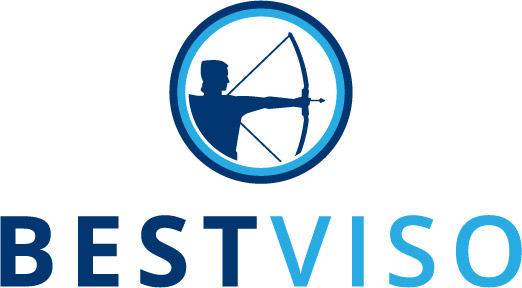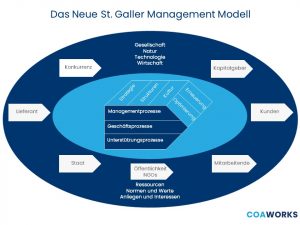A targeted employer branding is becoming increasingly crucial for many companies. They struggle to attract and retain a decreasing number of skilled workers. Numerous factors make it difficult to attract and retain potential employees. Here under are a poor industry image, a lack of appreciation for professions, low-paying industries, unfavorable working hours, poor working environments or a lack of promotion opportunities. By this, the employer market is transitioning into an employee market.
This makes it all the more important for the companies concerned to identify the driving factors for employee recruitment and retention. Various providers offer support for employer brand positioning and the evaluation of different dimensions of the employer image. Nevertheless, in many details, these studies do not meet the methodological standards of professional market research. Furthermore, the neutrality of the studies is not always completely given in combination with the own development of positioning.
Moreover, human resources departments often develop employer branding measures in isolation from marketing. Cultural values and identity-building measures should ideally be considered in collaboration. How, if employer branding does not sufficiently align with the brand essence of the parent brand and is not communicated effectively, then the overall picture becomes incongruous and unclear to potential applicants.
A systemic view: Employer branding as part of the parent brand strategy
To develop a successful employer brand, it is essential to connect it with the parent brand. A systemic view of the company is helpful in this regard. The New St. Gallen Management Model shows the company in the systemic context of the environment. It covers its processes, structures, strategies, and culture. In terms of employer branding, the culture and employees are of particular importance and should be the focus of employer branding development. Additionally, the group of employees should be expanded towards potential employees.
In relation to the competition, the connection to the parent brand becomes clear quickly. The company must find a unique positioning on both the parent brand and the employer brand level. This means that for the parent brand, a Unique Selling Proposition (USP) must be found for (potential) customers. For the employer brand, a unique value proposition (EVP = Employer Value Proposition) is derived. Ideally, the EVP is aligned with the parent brand values defined in the brand personality.
For both positioning strategies, a focus on the target groups of (potential) customers and employees is essential. Motives, needs, and their driving effects on brand loyalty, willingness to recommend a job, and concrete application interest should be analyzed in detail. The results provide the essential levers for the positioning. Since the brand image can significantly influence the employer brand image, these interactions should also be considered when interpreting the data.
5 steps to identify the driving Dimensions
Similar to the development of a strong brand, the following steps are promising to build a positive employer image:
- Internal and external analysis Internally: strengths and weaknesses, vision, mission, values of the corporate brand Externally: motives, needs, perceptions of attractiveness factors (regarding one’s brand and relevant competitors, driver analyses, touchpoint, and applicant journey analyses)
- Development of the employer branding strategy (determination of EVP, tone, design)
- Derivation of core messages, storytelling, and channel selection
- Building brand ambassadors
- Definition of KPIs to check the effectiveness and efficiency of measuree
Building a cross-functional team is particularly promising for the first two steps. Depending on the size of the company, this team should include the management, human resources, marketing, and corporate market research departments. The jointly developed employer branding strategy requires buy-in not only from the management but also from all departments. Therefore, it is important to inform all employees and take their opinions into account.
This forms the basis for all subsequent steps: communication development, selection and job description of brand ambassadors, and the definition of KPIs. In the next steps, the regular monitoring of progress based on the defined KPIs should be implemented. Here, the KPIs can be amended in response to changing environmental situations. Corporate market research plays a key role in collaboration with marketing and HR.
Would you like to develop your employer brand with targeted market research? Please feel free to contact us at info@bestviso.com.


